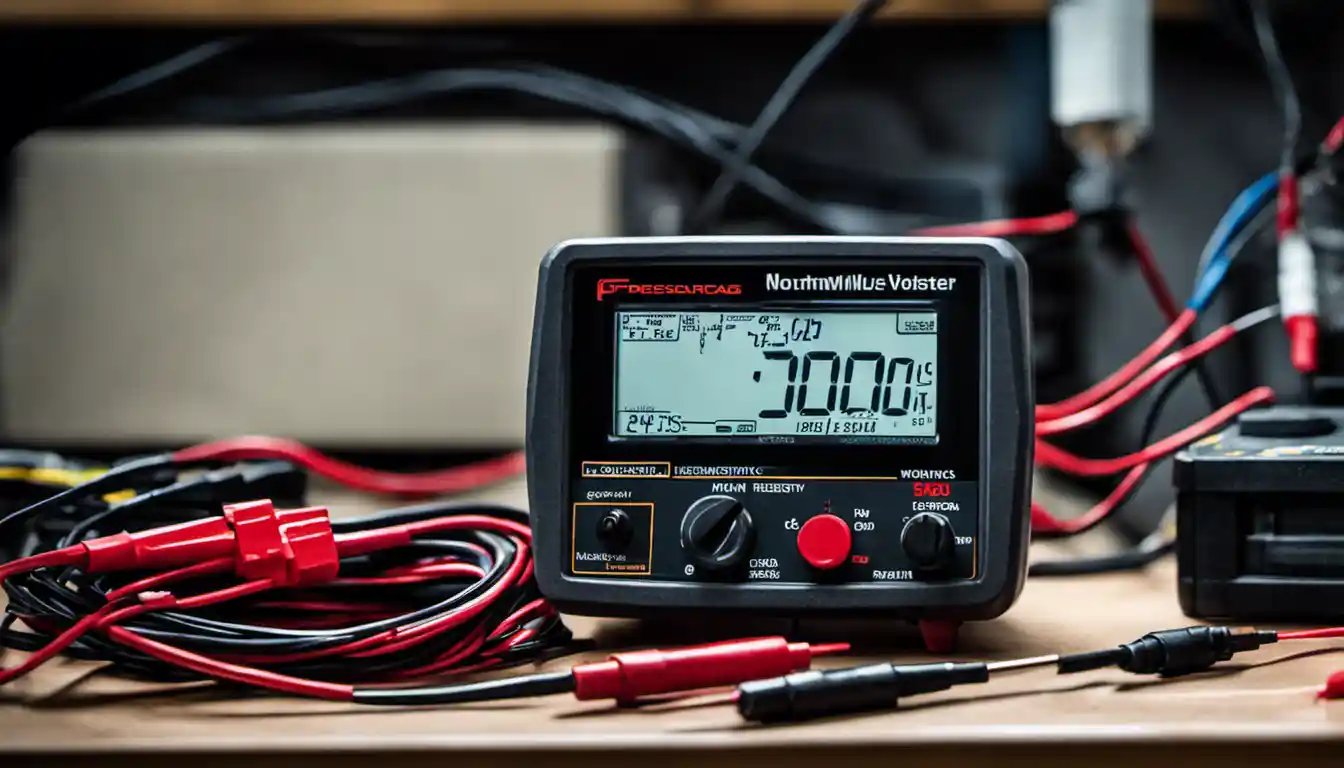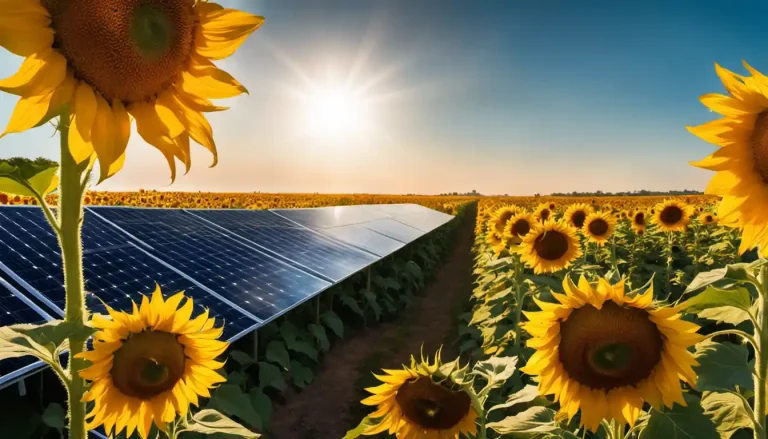Understanding Solar Power Systems
When the batteries in a solar power system are fully charged, any excess electricity generated by the solar panels is usually sent back into the grid if the system is grid-tied. If the system is not tied to the grid, excess energy production would generally cause the charge controller to cease sending power to the batteries to avoid overcharging and potential damage.
Solar Batteries
Ah, solar batteries. These little powerhouses are the unsung heroes of the solar power system. They swoop in to store solar energy during the day and release it when the sun takes its leave at night. Each battery is like a reservoir holding a day’s harvest of sunlight to be used as needed. But as with any reservoir, there’s only so much it can hold, and that’s when the question “What happens to solar power when batteries are full?” arises. We’ll answer this shortly, but first, let’s look at the other key components of a solar system: the charge controllers and inverters.
Charge Controllers
Our next solar star in line is the charge controller. Its main gig? To control and regulate the amount of solar power the panels feed into the batteries. When batteries are juiced up and can’t take any more power, the charge controller steps in, preventing any overcharging which could damage these batteries.
Inverters
Lastly, we have inverters. The bridge between your home and these power production elements, inverters convert stored solar energy from DC to AC, which your gadgets need to function. In summary, these three components work together to ensure energy doesn’t go to waste, and your appliances keep humming blissfully when the sun isn’t shining.
Process When Solar Batteries are Full
Role of Battery Charge Controllers
“But what happens to solar power when batteries are full?” you might ask. With solar batteries playing their part and filling up, and inverters ready to convert, the climax falls upon our lead actor – the battery charge controllers.
As I mentioned earlier, when the batteries reach their maximum capacity, the charge controllers stop them from being overcharged, thus rerouting the excess power to stop potential disaster. If you’re curious about this process, you can read here: “/how-to-charge-a-battery-with-a-solar-panel”
Redistribution of Excess Charge

Now, the redirection of this excess solar power still has a few twists and turns. After all, the sun isn’t going to stop shining simply because your batteries said, “No, thank you, we’re full.” So, the superfluous energy must go somewhere, right? But, where it goes depends on your system setup.
Potential Destinations for Excess Solar Power
Power Return to the Solar Panels
In an off-grid system where discharge is not an option, the excess power may be sent to loosely termed “dump loads” that take large amounts of power to waste, such as water and air heaters.
Power Return to the Grid
In grid-tied systems, unused power can be conveniently fed back into the electricity grid. Here’s where you might even earn some credit on your utility bill depending on your local net metering policies.
Use of Dump Load
For the adventurous with eclectic solar setups, there are dump loads. A dump load acts as a form of power sink, using up the extra juice in ways like heating water or air in your home. It’s quite the sneaky way to use up excess power and prevent overloads in your system.
Ways to Determine if Solar Battery is Fully Charged
Use of Built-in Indicators
Most charge controllers come with built-in indicators, showing if your battery is charged, partially charged, or fully charged. Lights or display screens can switch from green to red or blink in certain patterns, depending on the level of charge.
Use of Electronic Measuring Instruments

Not a fan of blinking lights? Well, you could also use an electronics multimeter to quench your interest in “how to know if solar battery is fully charged.” A multimeter is more than capable of providing you with accurate readings on your batteries’ voltage level, which can be cross-referenced with your batteries’ maximum voltage to determine if they are full.
Utilization of Excess Solar Power When Batteries are Full
Use in Refrigeration
Excess power can be used to run refrigeration units, keeping your food and drinks cool while your batteries take a breather.
Contribution to the Electrical Grid
We already discussed the grid-tie option, but it bears repeating. Once the excess power is rerouted to the grid, you’re not only heralding in the green revolution but could be saving on energy costs too.
Air Compression
Industrial sectors often use solar energy for air compression, utilizing excess energy when their batteries are full.
Heating
As airdrops in temperature, the excess power can come in handy, powering your heating systems and providing you with some toasty comfort.
Actions to Take if Batteries Regularly Become Full

Sale of Some Solar Panels
If you’re regularly watching your batteries fill up with no place for the excess power to go, it might be a good time to scale down your solar system. Consider selling some of your panels; premature battery failure could be costlier in the long run.
Investment in More or Higher Capacity Batteries
The other option would be to invest in spreading out that collection of sunshine over additional batteries or ones with higher capacities. That way, not a single sunbeam goes to waste.
Conclusion
Importance of Adequate Solar Set-Up Management
Understanding “what happens to solar power when batteries are full” and “how to know if solar battery is fully charged” allows you to effectively manage your solar set-up and increase its lifespan.
Potential Issues and their Solutions
Without proper management, potential problems like overcharging could lead to battery failure. Looking out for these issues and implementing solutions such as use of dump loads can prevent costly replacements and enhance efficiency.
Benefits of Efficient Solar Power Use
Efficient solar power use not only paves the way for environmental sustainability but also optimizes your home’s energy consumption. It puts you in control, reduces electricity costs, and for some, even earns some money back from the grid! Now that’s a sunny deal!
So that’s a wrap! Hopefully this comprehensive guide has shed some sunlight on the intriguing query: “What happens to solar power when batteries are full?” Keep harnessing the sun’s energy, conserve, and power a greener future. Remember, every beam counts!



